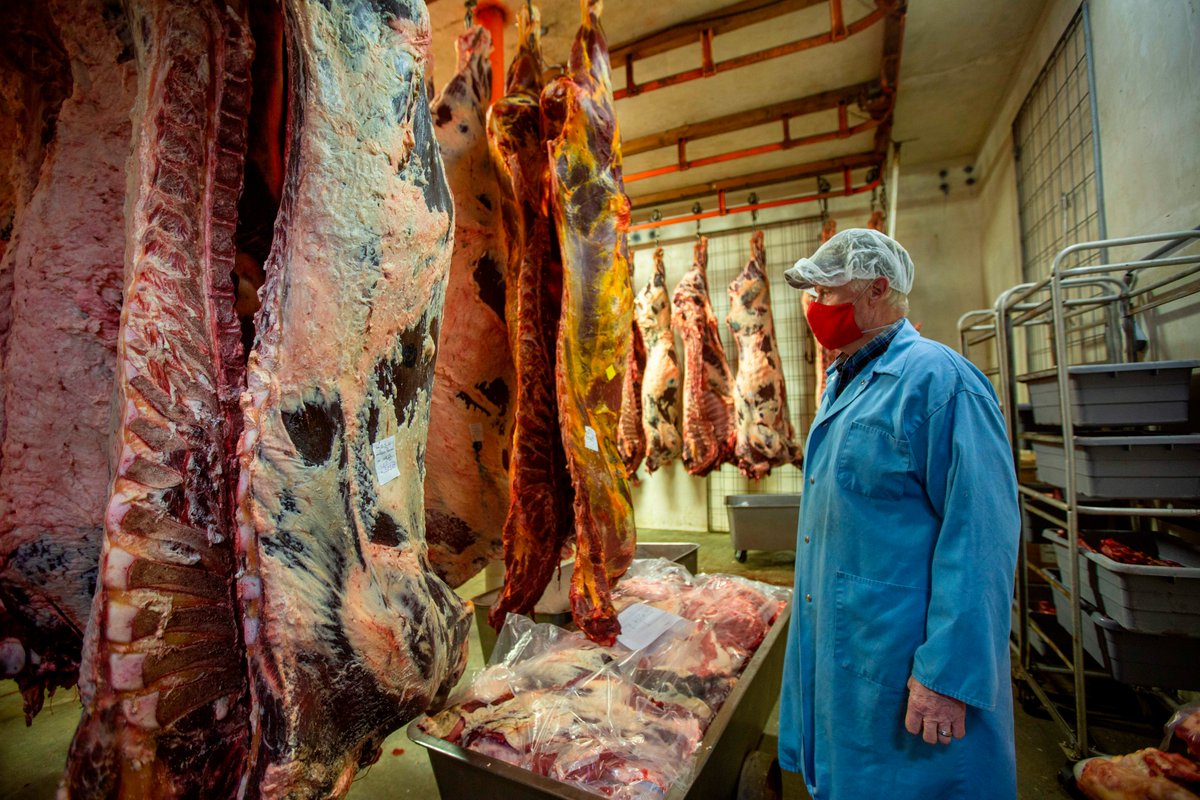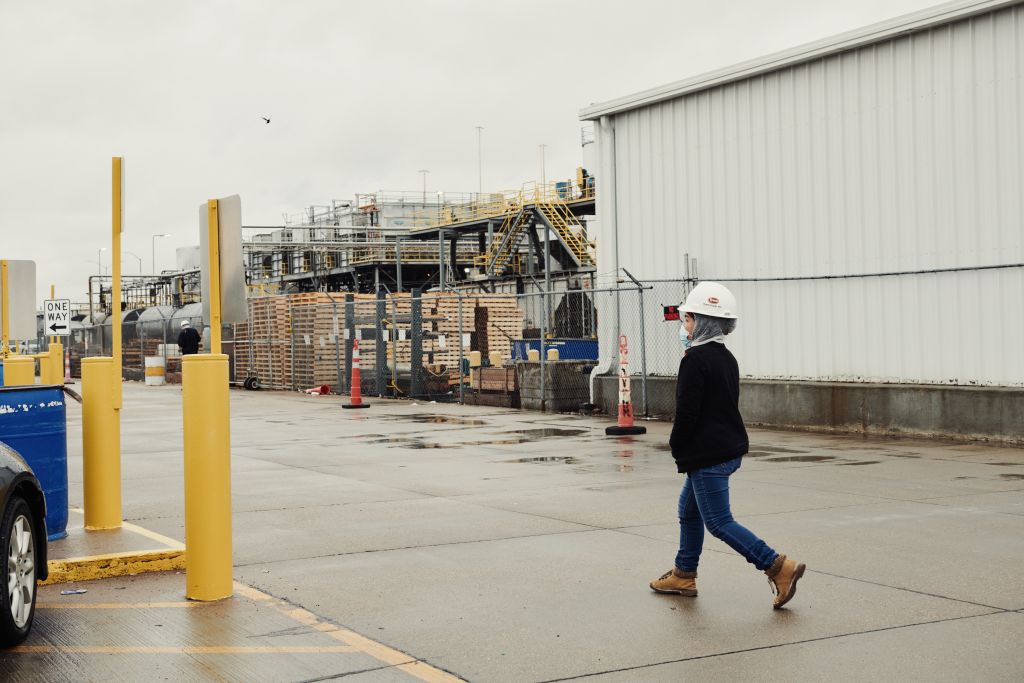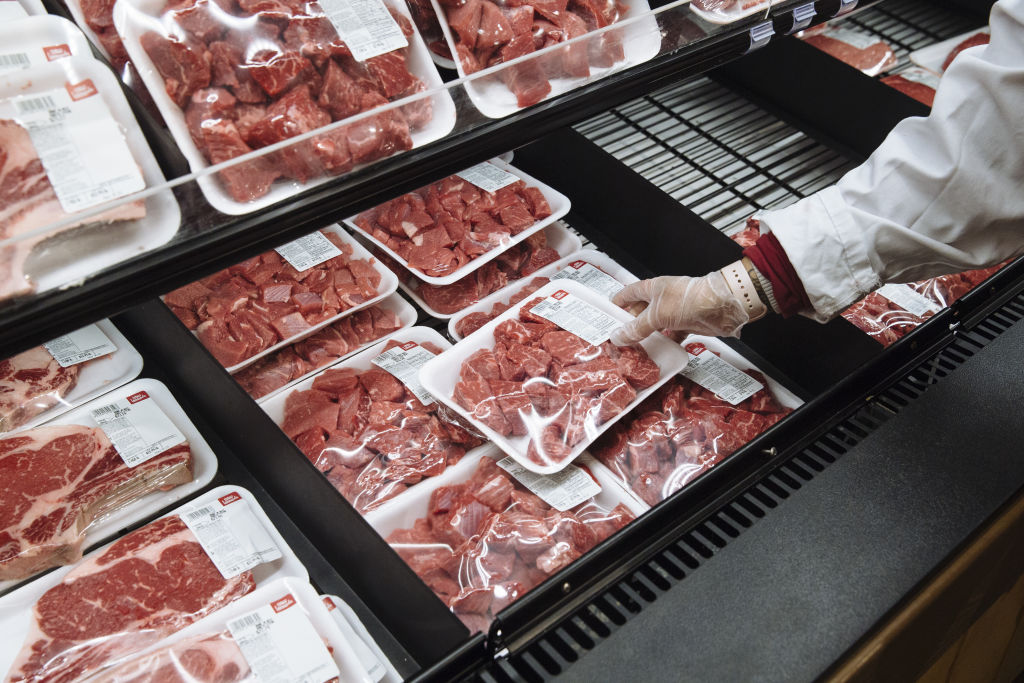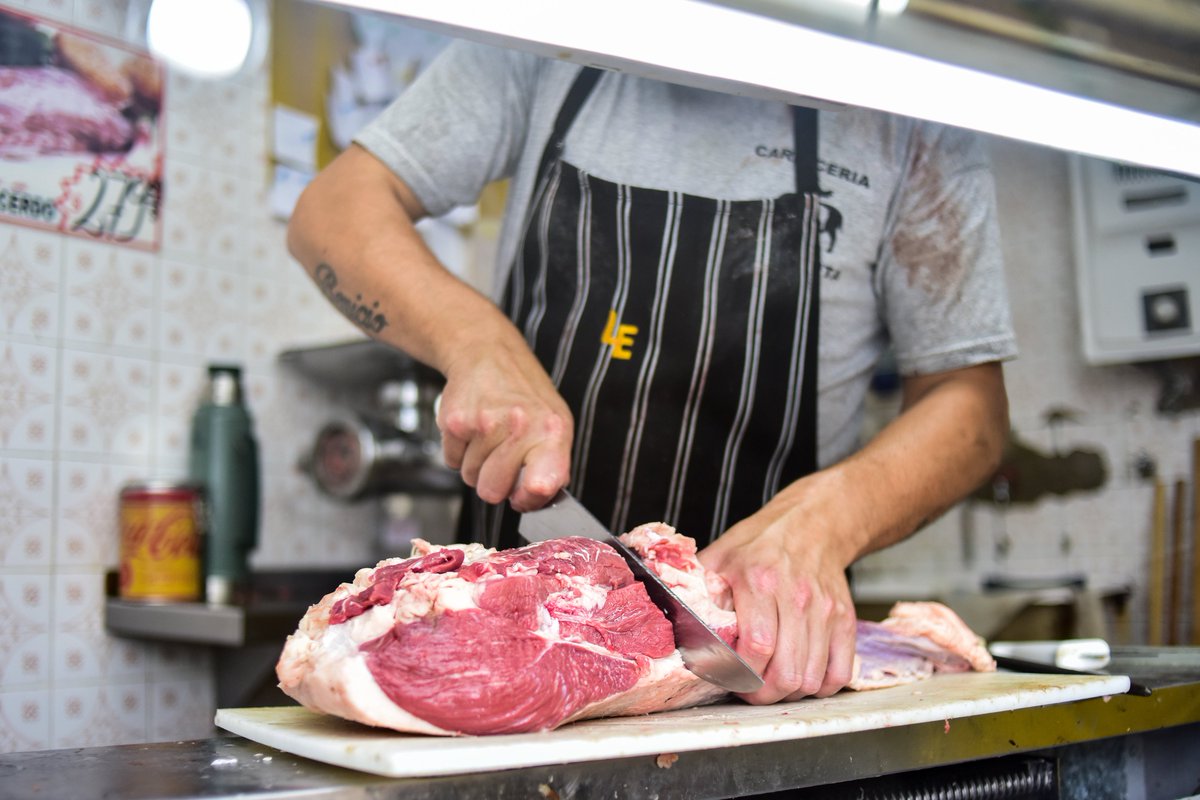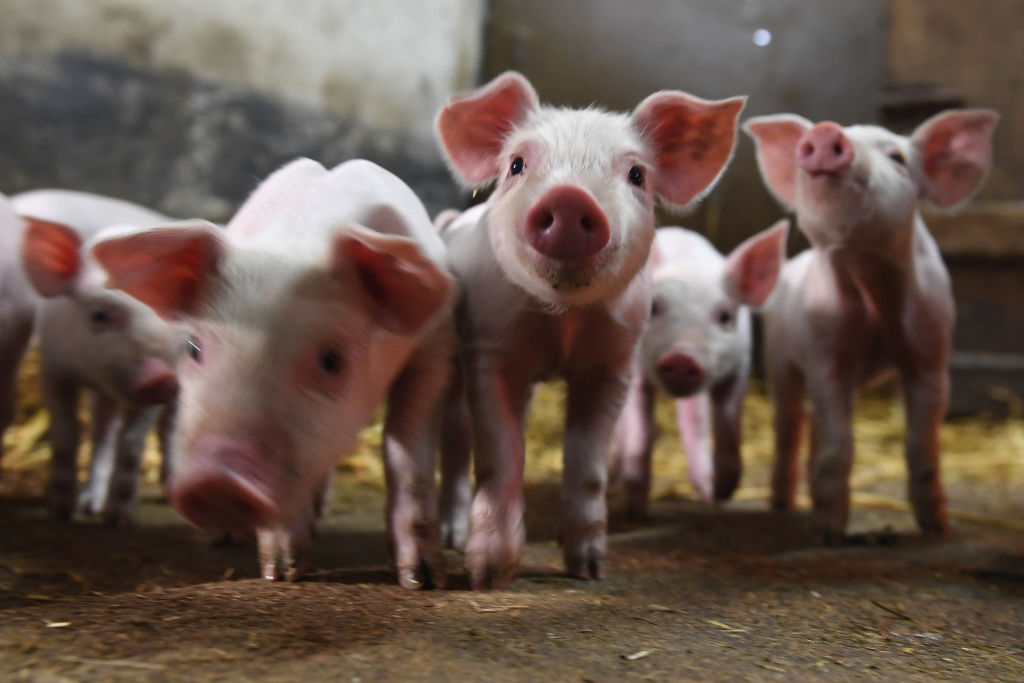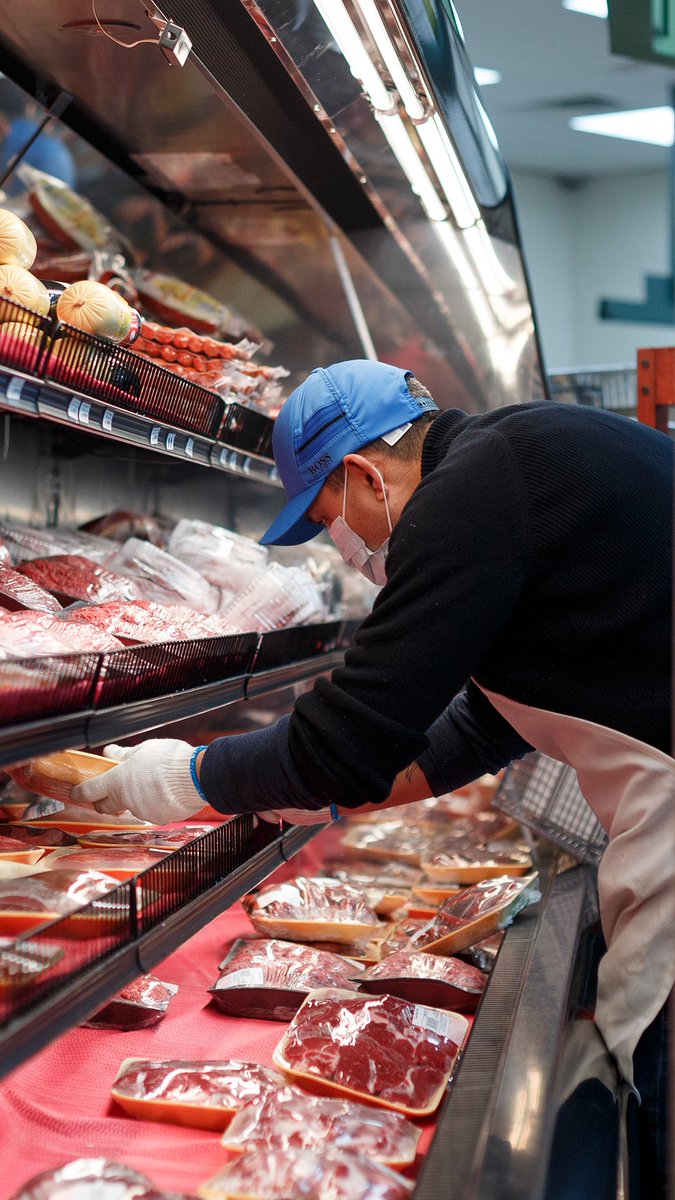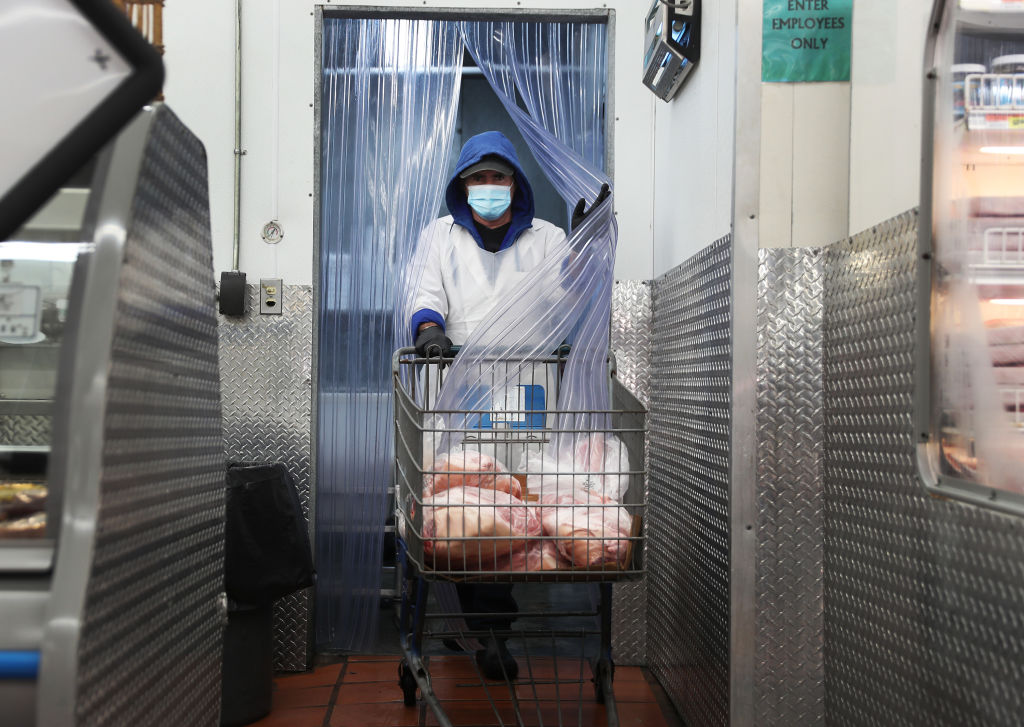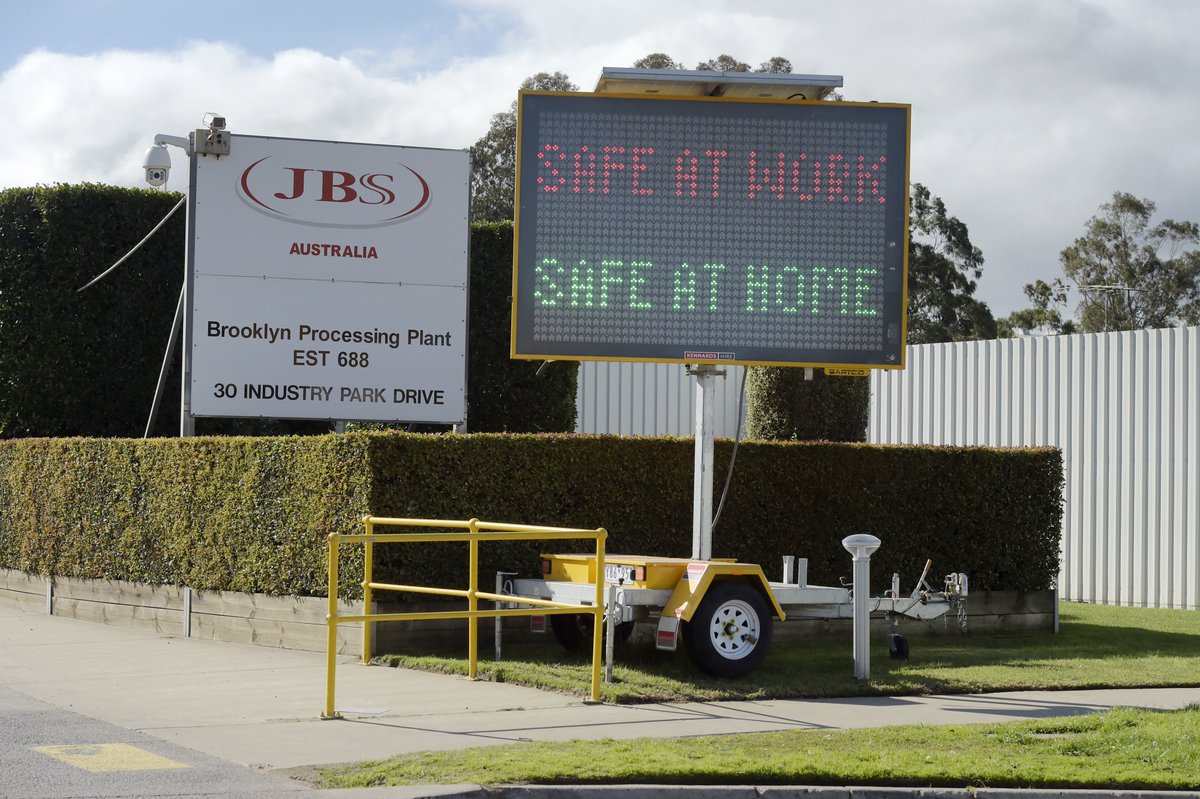At the start of the pandemic, the virus threatened to shatter a key link in America’s previously unbreakable food chain: the meat industry https://trib.al/FAYnqIQ
But how exactly did we end up with empty supermarket meat cases?
These shortages were the result of Covid outbreaks at a handful of companies responsible for most of the country’s meat supply http://trib.al/FAYnqIQ
These shortages were the result of Covid outbreaks at a handful of companies responsible for most of the country’s meat supply http://trib.al/FAYnqIQ
About 50 plants are responsible for processing 98% of the cattle in the U.S. Most of those plants are owned by just four companies:
 Tyson
Tyson
 JBS
JBS
 Cargill
Cargill
 National Beef Packing
National Beef Packing
Collectively they control 73% of the cattle-processing market http://trib.al/FAYnqIQ
 Tyson
Tyson JBS
JBS Cargill
Cargill National Beef Packing
National Beef PackingCollectively they control 73% of the cattle-processing market http://trib.al/FAYnqIQ
In good times, consumers can benefit from the considerable efficiencies these companies create.
But when things go wrong, as they did last year, such consolidation becomes a vulnerability http://trib.al/FAYnqIQ
But when things go wrong, as they did last year, such consolidation becomes a vulnerability http://trib.al/FAYnqIQ
In April, just 12 plant shutdowns idled 25% of American pork-processing capacity and 10% of beef.
As the U.S. was on the brink of dangerous protein shortfalls, Tyson took out full-page ads warning that “the food supply chain is breaking" http://trib.al/FAYnqIQ
As the U.S. was on the brink of dangerous protein shortfalls, Tyson took out full-page ads warning that “the food supply chain is breaking" http://trib.al/FAYnqIQ
There was no shortage of animals to slaughter.
The problem was a lack of viable alternatives to the big slaughterhouses. With nowhere to ship their hogs and cattle, many farmers had no option except euthanasia http://trib.al/FAYnqIQ
The problem was a lack of viable alternatives to the big slaughterhouses. With nowhere to ship their hogs and cattle, many farmers had no option except euthanasia http://trib.al/FAYnqIQ
Minnesota spent more than $6 million helping desperate farmers with “depopulation and disposal efforts.”
Nationwide, as many as 800,000 hogs were destroyed through July — even as Americans were staring at empty shelves http://trib.al/FAYnqIQ
Nationwide, as many as 800,000 hogs were destroyed through July — even as Americans were staring at empty shelves http://trib.al/FAYnqIQ
Eventually, plants were able to re-open with more rigorous safety measures in place, and fears of a shortage eased.
But a crucial contributor to this bottleneck — which still hasn’t been fixed — was regulation http://trib.al/FAYnqIQ
But a crucial contributor to this bottleneck — which still hasn’t been fixed — was regulation http://trib.al/FAYnqIQ
Thanks to the Wholesome Meat Act of 1967, a well-intentioned attempt to create a national meat-inspection program, producers must use a federally inspected processing facility if they want to sell across state lines
http://trib.al/FAYnqIQ
http://trib.al/FAYnqIQ
Over the years, the costs of complying with this measure have proved all but prohibitive for small, family-owned companies.
In 1967, there were 9,267 livestock slaughterhouses in the U.S. Since then, that figure has declined by 70% http://trib.al/FAYnqIQ
In 1967, there were 9,267 livestock slaughterhouses in the U.S. Since then, that figure has declined by 70% http://trib.al/FAYnqIQ
Restoring resilience to America’s meat supply chain will be a long process.
But any effort should start by amending the Wholesome Meat Act so that state-inspected meat processors can sell across state lines http://trib.al/FAYnqIQ
But any effort should start by amending the Wholesome Meat Act so that state-inspected meat processors can sell across state lines http://trib.al/FAYnqIQ

 Read on Twitter
Read on Twitter